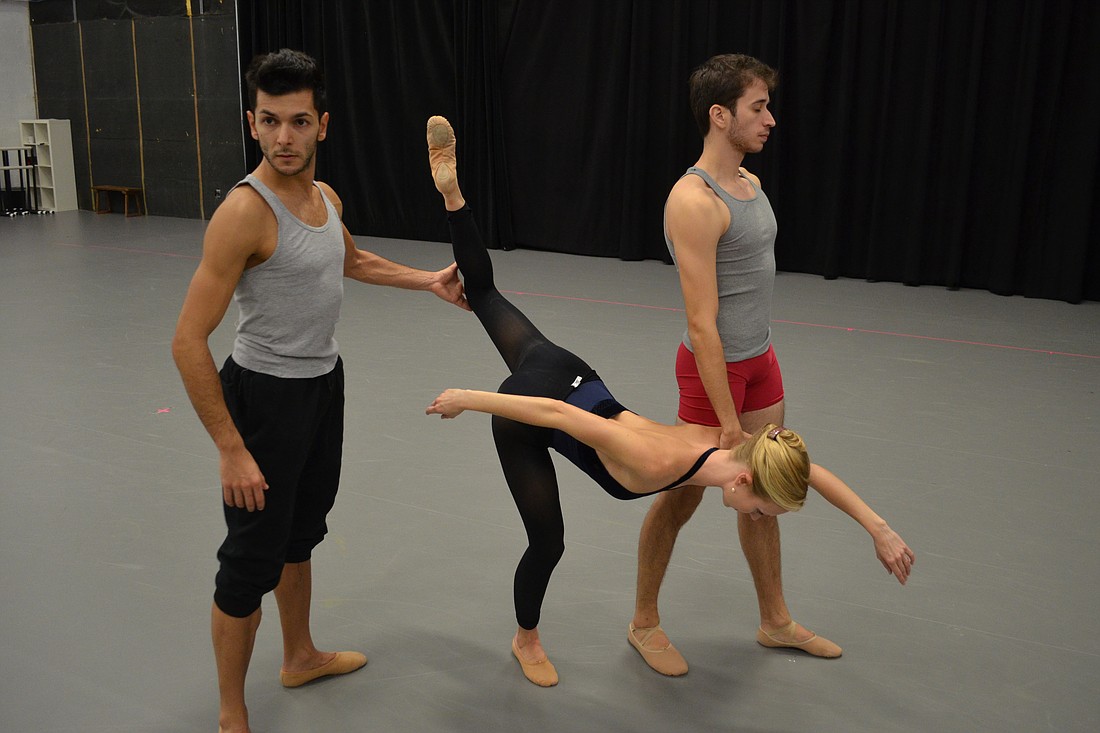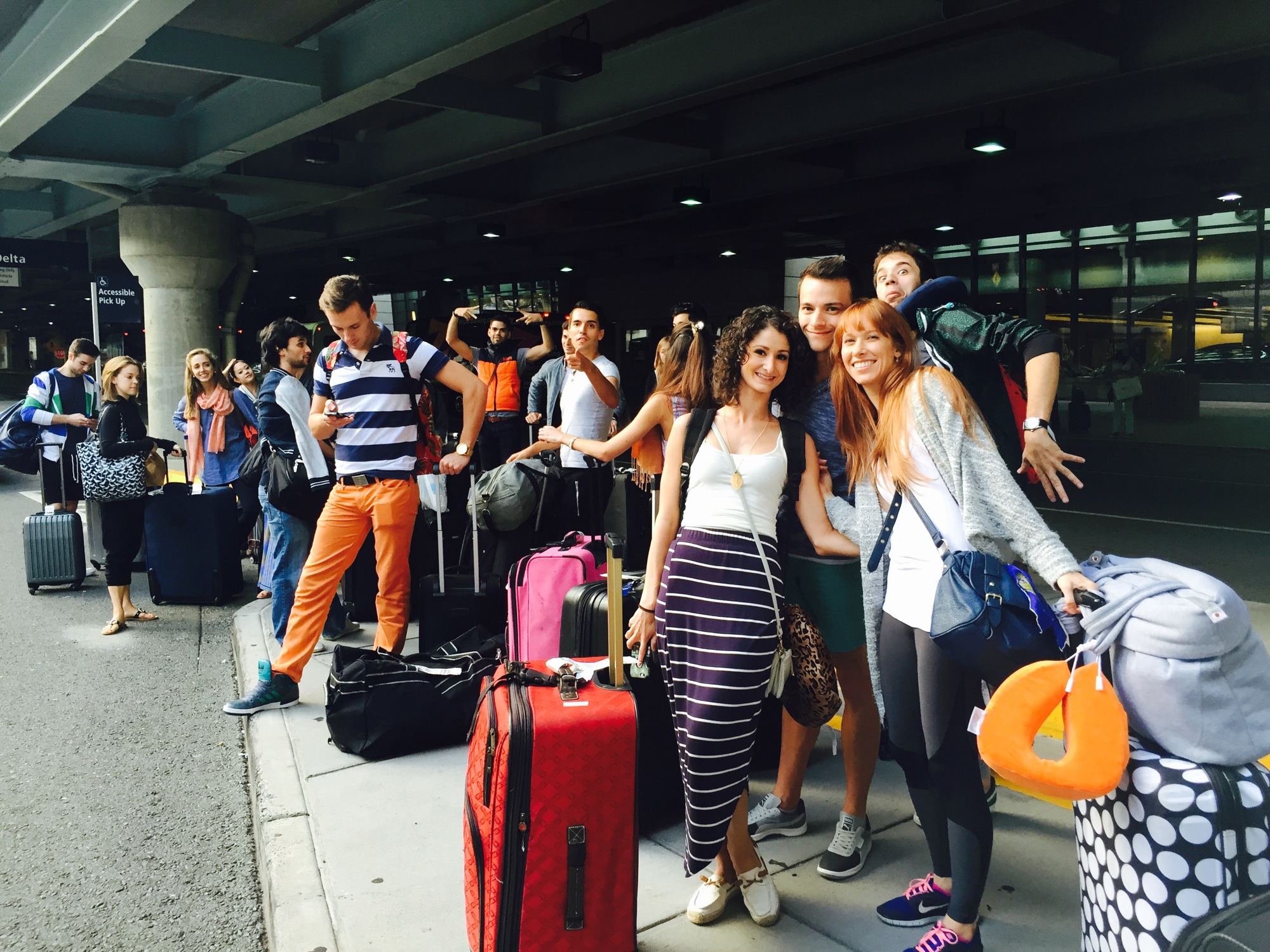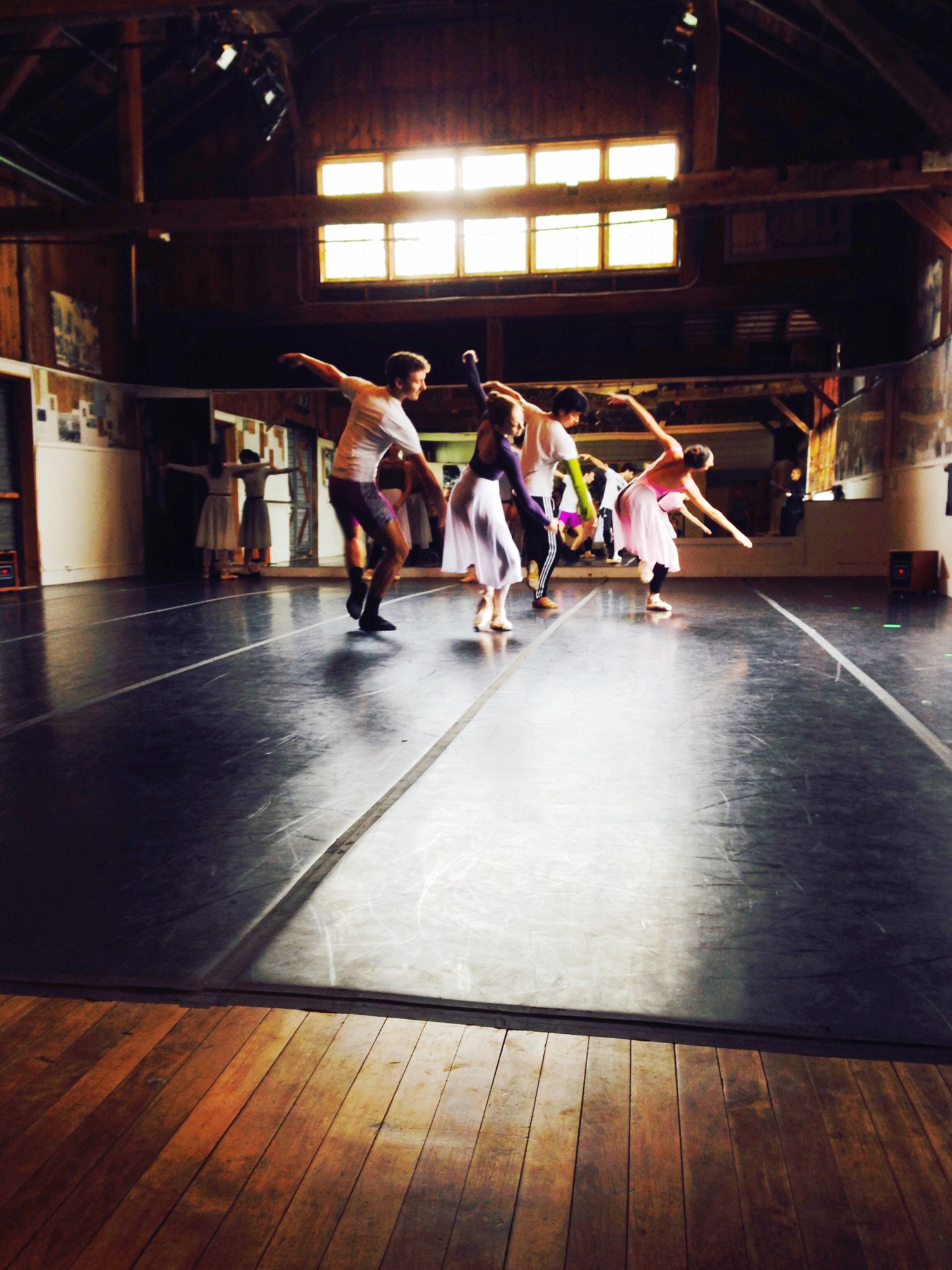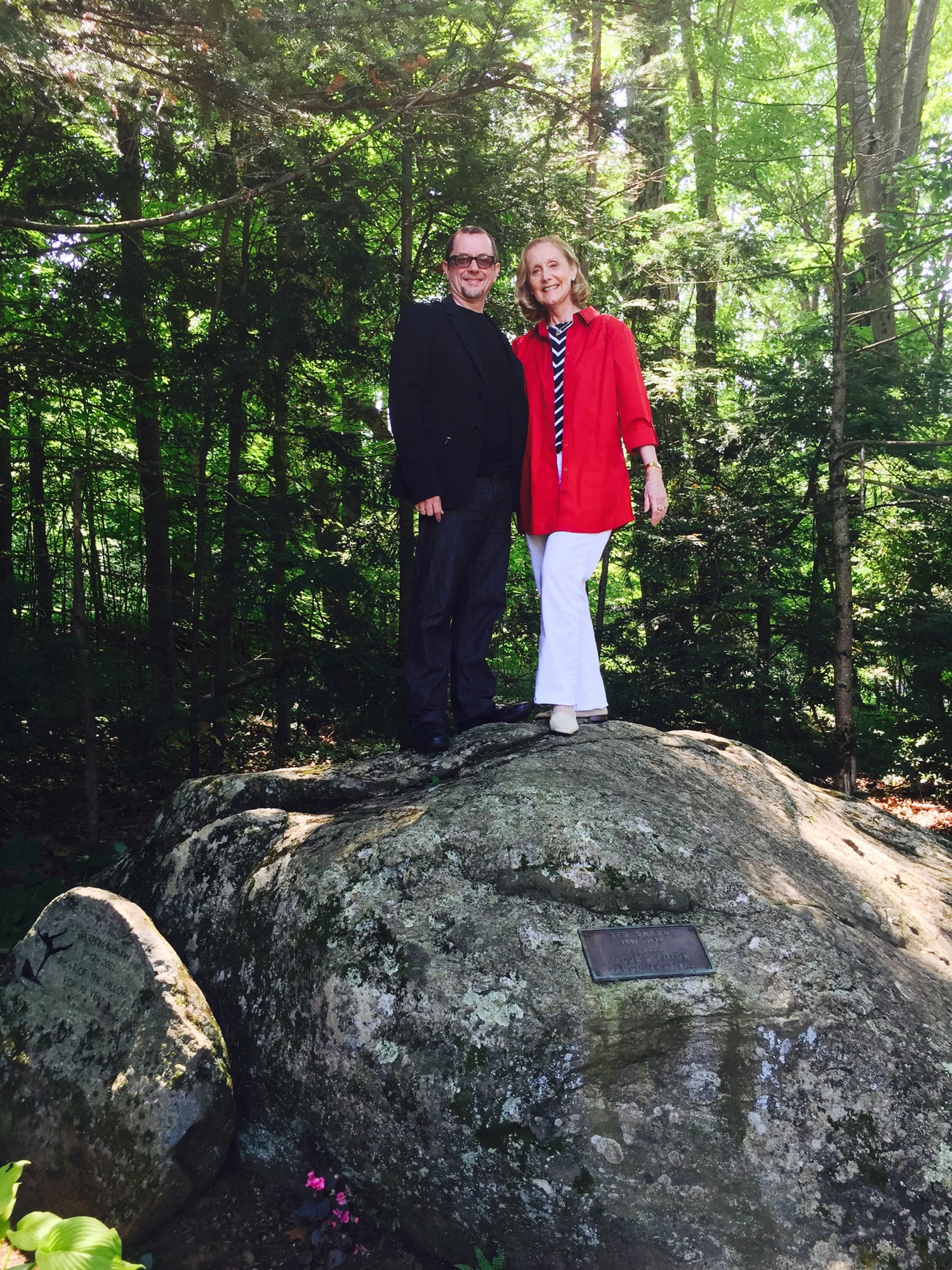- April 26, 2025
-
-
Loading

Loading

Ricardo Graziano is an audiophile. When the resident choreographer and principal dancer for the Sarasota Ballet is choreographing a new ballet, he will spend up to four hours a day listening to various pieces of music. He’s dogged in his search for the perfect blueprint for his next piece — something that will inspire him and his fellow dancers.
Usually Graziano, 28, who is in his sixth season with the ballet, has months to prepare an original piece. But he’s only had one month to polish his newest work, “In a State of Weightlessness,” which will premiere at the longest-running dance festival in the country: Jacob’s Pillow.
Founded in 1931 in Becket, Mass., by Ted Shawn and Ruth St. Denis, the festival has grown into a dancing mecca where some of the most acclaimed and up-and-coming companies and artists perform.
In December, Sarasota Ballet Director Iain Webb received a call from Ella Baff, the festival’s executive and artistic director, informing Webb that the Sarasota Ballet would be making its company premiere at the festival with seven performances from Aug. 12 through 16.

“I think it’s an incredible honor that Jacob’s Pillow invited the company up to perform,” says Webb. “I think that, from the dancers’ point of view, this is something they will remember for years after they’ve hung their pointe shoes up. It’s one of the oldest and most important dance events in America.”
Performing in front of a new audience is always a challenge, but performing in front of people who are extremely knowledgeable of the dance world comes with extra pressure. These high expectations are especially felt by Graziano, whose new piece will round out the company’s triple bill along with Sir Frederick Ashton’s “Monotones I and II” and Christopher Wheeldon’s “The American.”
“It’s going to be a new crowd for us, so it’s going to be very exciting for us dancers,” says Graziano. “As a choreographer, it’s a great honor to have a ballet that’s being performed up there. It’s the first time I’m getting something of mine shown outside of Sarasota.”
At the end of the ballet’s season in May, Graziano and a few friends were ruminating on the often-mysterious names of ballets. He became fixated on the idea and sound of a title he devised: “In a State of Weightlessness.” Just as he was giving it serious thought, Webb and the company leadership gave him the opportunity to present a new work at Jacob’s Pillow.
The only problem? Rehearsals started July 6, meaning Graziano had just a few weeks to conceptualize his piece. Set to the second movement of the Tirol Concerto for Piano and Orchestra by composer Philip Glass, Graziano’s piece is modern in form and style.
“Ricardo’s stuff is contemporary, and we do some contemporary dance in the company but more classical,” says Victoria Hulland, principal dancer who is entering her ninth season with the Sarasota Ballet. “It’s always a different rehearsal process when it’s being created on you. You can play around a little more. A lot of the rehearsals are just trial and error, and it’s fun.”

For most of the 20th century, choreographers either drew sketches, jotted down notes on the musical score or wrote down steps using one of ballet’s hieroglyphic notation systems. But in the modern world, Graziano uses his iPhone and iPad to record every move.
“Most of the time I try to create the work ahead of time in my mind before I present it to the company,” says Graziano, who is still working out small details the week leading up to the festival. “Then I come to the studio by myself and try to play around. I ask a few dancers to come and help me, even if it’s not their part.”
During a recent rehearsal session, Graziano, Hulland and Daniel Rodriguez, coryphée dancer, go over a series of moments in the new piece. As Hulland and Rodriguez take their positions in the studio rehearsal space at the FSU Center for the Performing Arts, Graziano studies them. The young choreographer approaches his dancers and asks them to repeat a movement he just witnessed. He tells them to freeze in a photograph of a moment.
“Can you raise your arm a little higher?” he asks Hulland and Rodriguez.
The two nod and record the change in their mind and body — fast-acting muscle memory. The two then take off to practice a new part of the piece. Rodriguez lifts Hulland in the air.
“Could you do that again but slower this time?” Graziano asks.
The pair resets. Hulland and Rodriguez offer suggestions so that they can be more comfortable while still maintaining the aesthetic vision in Graziano’s mind. It’s a series of trial and error until both choreographer and dancers are satisfied.
Graziano records the adjusted parts of the piece on his iPhone.
“Let’s keep that,” he says.
Webb’s dedication and focus on raising the Sarasota Ballet’s profile in the dance world has paid off. With performances in June 2013 at the John F. Kennedy Center for the Performing Arts in Washington, D.C., a Sir Frederick Ashton Festival in May 2014 and closing performances at the New York City Center’s 11th annual Fall for Dance Festival last October, Webb is slowly checking off to-dos from his dance bucket list.
“I have my secret wish list of my hopes,” says Webb. “We just have to not be too big for our boots and appreciate what we can do. I think we’ve got a unique product in the dance world.”

A successful run at Jacob’s Pillow will elevate the ballet company to new heights alongside some of the country’s premiere organizations. Earlier in the month two of the most prestigious and oldest companies in America, the American Ballet Theatre and the New York City Ballet, performed at the festival. The invitation to perform couldn’t have come at a more perfect time for the Sarasota Ballet, which is celebrating its 25th anniversary this season.
Two more things to mark off the list.
“It’s quite funny,” says Webb, “Because they just had Daniil Simkin up there from the American Ballet Theatre and then they had Daniel Ulbricht from the New York City Ballet. And if you remember it was only a year ago that those two came down here and performed with us before the Ashton Festival. It just shows what a small world that the dance world is. It’s like we’re all following each other around.”

What's in a name?
The campus of the Jacob’s Pillow Dance Festival was originally fields of farmland. The area was settled by puritanical New England farmers who likened the zig-zag road in the area to that of Jacob’s ladder from the book of Genesis. The farm itself was named Jacob’s Pillow after an oddly shaped boulder behind the barn, in which festival founders Ted Shawn and Ruth St. Denis rehearsed. The name was a Biblical reference to the rock Jacob used as a pillow on which he had a spiritual vision.
Power performers
Since its beginnings in summer 1931 when Ted Shawn and Ruth St. Denis would hold dancing talks and symposiums, the festival has become a mecca for American dance practitioners and innovaters. Influential dancers and choreographers such as Martha Graham, Jack Cole, Alvin Ailey, Mark Morris, Merce Cunningham, Paul Taylor, Margot Fonteyn and Mikhail Baryshnikov have all called the Pillow home. Jacob's Pillow was declared a National Historic Landmark District by the federal government in 2003, and in 2010 it was given the National Medal of the Arts by the National Endowment for the Arts, which is the highest artistic honor an individual or organization can receive.